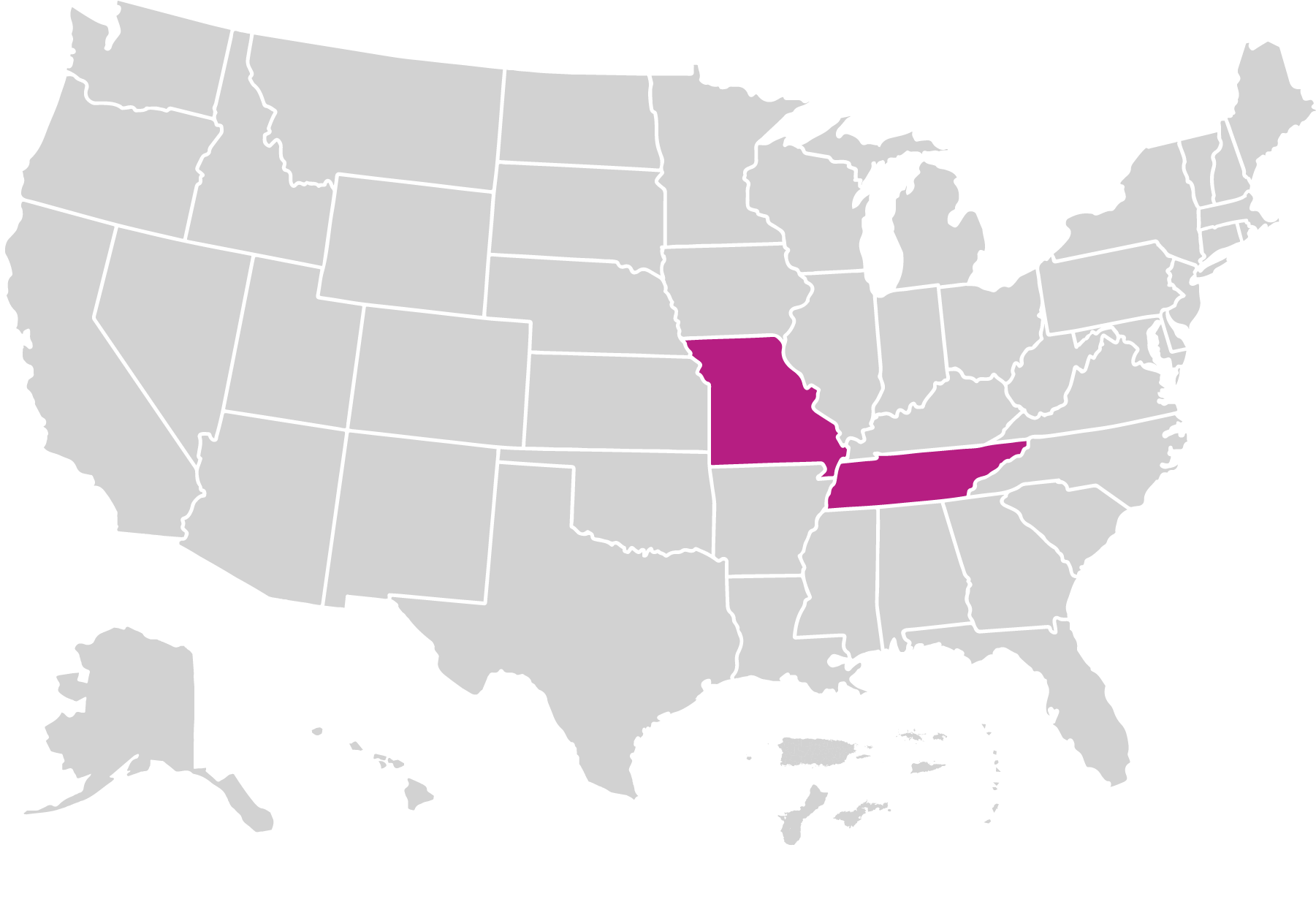Nurses for Newborns
Nurses for Newborns strives to prevent infant mortality and reduce child abuse and neglect. Medical and community providers refer women with high-risk pregnancies and at-risk infants to the program, including infants who are medically fragile; infants of mothers who have medical, mental health, or substance use issues; and infants born to teen mothers. Nurses use home visits to provide education, support, assessment, and resource connection. See www.nursesfornewborns.org for details.
What is the model’s approach to providing home visiting services?
Home visits take place based on a family’s level of need. Services are provided until the child is 2 years old. Families may enroll prenatally or until the child is 12 months old.
Nurses for Newborns’ target population includes the following:
- Teenage mothers or teenage parents
- Children with developmental delays or disabilities
- Children with special health care needs or medical conditions requiring surgery
- Families with a history of substance abuse or in need of treatment
- Families with a history of child abuse or neglect/involvement with child welfare system
- Expectant mothers with medical or mental health concerns
Who is implementing the model?
Home Visitors
Nurses for Newborns was implemented by eight home visitors in 2018. The model requires that home visitors have at least a bachelor’s degree and at least 3 years of experience in the neonatal intensive care unit, labor and delivery, nursery, maternity services, or pediatrics departments.
Supervisors
Nurses for Newborns was implemented by one supervisor in 2018. The model requires at least a bachelor’s degree for supervisors.
Where is the model implemented?
Nurses for Newborns operated across two states in 2018.

Families Served Through Home Visiting in 2018
Race
0% American Indian/Alaska Native
* Asian
30% Black
* Native Hawaiian/Pacific Islander
54% White
* Multiple
12% Other
Ethnicity
9% Hispanic or Latino
91% Not Hispanic or Latino
Household income
54% Low-income status
46% Not low-income status
